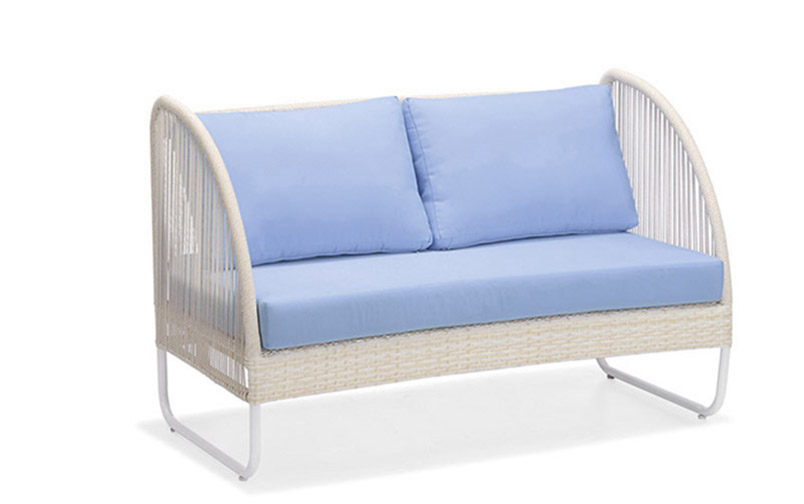For decades, hot stamping has often provided packaging with a classic, high-end look with glossy metallic text and graphics. Nowadays, cold foil transfer is gradually occupying this market, but it does not appear as a competitor, but is an extremely versatile complementary process that gives the designer creative work a wider range of options.
Cold transfer foil greatly expands the range of design potential. High-gloss metal patterns can be created using this technique, and using other methods is not possible. Fine lines, hollow patterns decorated with gold and silver thread - even in large transfer areas - are the smallest details and even halftone patterns. At the same time, aluminum foil can also be used in large areas or over the entire surface without restriction.
Many other design potentials come from cold foils that can be overprinted with four-color printing without any effort. In this way, the colors and metallic luster can be combined together very outstandingly, and most of the effects can be achieved, because not only the color registration but also the cold foil itself can be screened. Choosing an opaque or transparent color combined with the color of the different screens and cold foils, the varying metallic effects and gloss can all be achieved.
It turns out that the use of cold foil and holographic images is very attractive. Overprinting can provide almost any color choice. The ability of a cold foil to be overprinted means that it can be used in the most varied colors at any time, because printing transparent colors on silver foil can achieve almost any desired color difference or color.
Cold foil transfer can also use "side-by-side" printing and aluminum foil. The cold foil and process colors register after the transfer, thus eliminating problems associated with register tolerances. This precise registration increases the design margin; for example, aluminum foil can be used to accurately extend the printed image. Random changes between aluminum foil and color pictures can create tempting results.
The cold foil transfer creates labels that are eye-catching and have a metallic effect in nearly all colors.
Cold foil also brings benefits to applications that often use metal paper, such as the label market. A large area can be covered with aluminum foil while leaving any desired blank space. For example, barcodes using this method do not require any elaborate production, as long as the primary white print. Cold foils used in the label industry still have certain advantages when compared to hot stamping foils. Due to the use of pressure and thermal energy, the paper used in the hot stamping process may be deformed, and the cold foil transfer method will not produce a similar situation, even in large area applications.
However, cold foil transfer is not a substitute for hot stamping. In hot stamping, aluminum foil is transferred to the surface of the substrate by a combination of heat and pressure. This is the point that this technology has increased its unique advantages. The pressure applied leaves a shallow blot on the substrate giving a unique touch. The result of the thermal effect is the formation of a special bond between the substrate and the foil, which combines the hot stamping process with a unique gloss. The visual effect of hot stamping is still unparalleled, so cold foil transfer does not constitute a realistic competition. Especially when it comes to luxury packaging, hot stamping is still the first choice.
Another advantage of hot stamping is its feel. Nowadays, the human brain is often subjected to different stimuli. Given this situation, creating a visually appealing visual signal and stimulating purchases through package design will be a real challenge for people.
Hot stamping can provide such stimulation. Not only that, it is also effective where sensory perception (tactile sensation) does not play an overwhelming role. Structures and embossed hot stamping not only made people feel excited after seeing it, but the physical characteristics of special packaging made the competing products dwarf. Although people are pursuing a lot of visual differences, touch can still provide potential for product positioning. Hot stamping technology perfectly integrates itself and opportunities.
Hot stamping and cold foil transfer have their own unique benefits, so that you can determine which decoration method an application should use. Cold foil transfer enables online operation at printing speed without the need for a hot stamping tool. Therefore, compared with hot stamping, it has the advantages of cost and time savings. In particular, the production of the product is increasingly cheaper and faster without the need for a stamping impression and the need for adjustment and cutting of the impression. Similarly, this approach is particularly economical when short-lived or design needs change.
General cold foil transfer is particularly suitable for applications that require metallic gloss finish but are often forgotten due to technical or cost reasons. Given the high brightness achieved with cold foil modification, this makes it an attractive option for metal paper or laminate composite applications. Metallic colors, especially those printed by flexo or offset printing, are also potential alternatives because they do not provide similar gloss.
Cold foils are increasingly appearing on a large number of different products, from calendars and greeting cards to labels for champagne, fruit and alcoholic beverages, and from magazine covers to business cards. Cold foil transfer provides a simple but effective upgrade path for packaging, and it is predicted that due to the use of this flexible process, the use of metallic foil will continue to increase.

